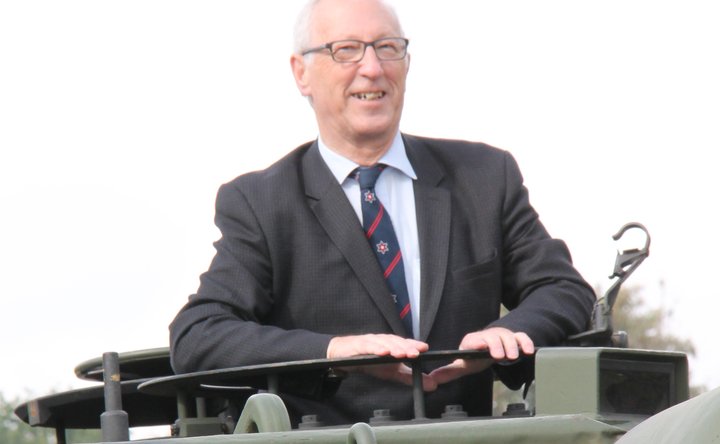UK starts to move on Land Mobility Programme
The Pinzgauer has been among a series of vehicles the UK will look to replace. (Photo: Crown Copyright)
The British Army’s hopes of replacing its legacy fleet of lighter tactical vehicles have edged closer as the Land Mobility Programme (LMP), which has a potential value of more than £4.8 billion (US$6.1 billion), has taken a step closer to reality.
The army wants to replace fleets of vehicles including its Land Rover, Pinzgauer and Panther MRAP-type vehicles, as well as the tracked FV432 Bulldog armoured personnel carriers and Stormer air defence vehicles.
LMP would follow previous programmes which have fallen by the wayside including Future Rapid Effects System (FRES) in 1998, Operational Utility Support Vehicle (OUVS) in 2003
Already have an account? Log in
Want to keep reading this article?
More from Land Warfare
-
![MyDefence delivers counter-drone system to US Army ahead of livefire exercise]()
MyDefence delivers counter-drone system to US Army ahead of livefire exercise
The Soldier-Kit system consists of detector, jammer, tablet and wideband antenna and is being evaluated as part of Project Flytrap 3.0 counter uncrewed aerial system (CUAS) exercise.
-
![Arquus and Milrem push their UGVs fitted with long-range missiles]()
Arquus and Milrem push their UGVs fitted with long-range missiles
Arquus displayed the Drailer uncrewed ground vehicle (UGV) integrating the Akeron LP long-range missile at the Techterre technology demonstrator event ahead of trials in September.
-
![Czech CAESAR howitzer order at risk of cancellation]()
Czech CAESAR howitzer order at risk of cancellation
The Czech Republic ordered 52 CAmion Equipé d’un Système d’ARtillerie (CAESAR) self-propelled howitzers (SPHs) in 2021 and added another 10 a year later. A cancellation of the programme would impact both the army’s capabilities and local industry which is involved in the manufacture.
-
![Sweden turns to Nammo and Rheinmetall as world demand grows for 155mm shells]()
Sweden turns to Nammo and Rheinmetall as world demand grows for 155mm shells
Demand for ammunition continues to increase with manufacturing capability growing to match. Sweden have turned to the two supply lines of Rheinmetall and Nammo as part of a Nordic effort to meet demand. The Polish Government has also announced a US$700 million investment to boost manufacture of munitions.























